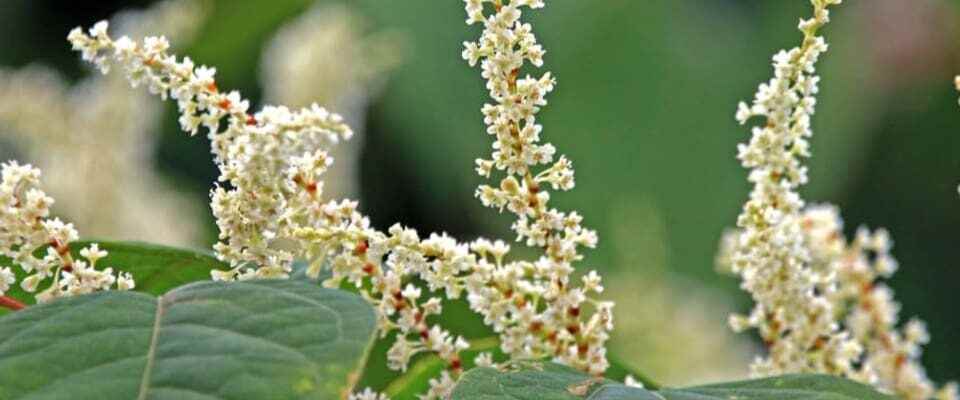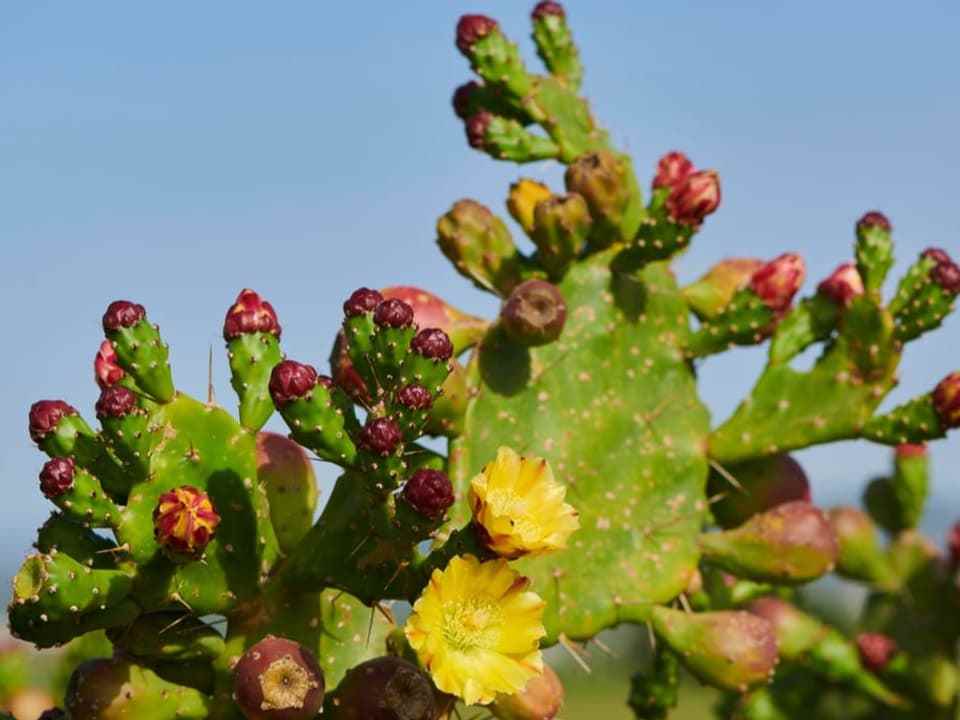contents
Show me what plants grow near you and I’ll tell you who once occupied your land. Colonial powers abducted their favorite plants from all over the world.
Sometimes the plants were carried over unintentionally, for example when plant seeds traveled to the colonies on the soles of the immigrants’ shoes and took root there.
In most cases, however, plant migration was a deliberate strategy. Conquerors and settlers brought plants from their old homeland to the occupied territories: for food or fodder, or for aesthetic and emotional reasons.
Today’s plants tell stories from the past
With an international research team, Essls examined 1,183 regions that were once occupied by Great Britain, Spain, Portugal or the Netherlands.
The green signature of the colonial powers
The four mighty European colonial powers, who called foreign land their own between 1500 and the middle of the 20th century, have put their own stamp on the flora there.
Even today you can read from the flora of former colonies who once ruled there.
The longer territories were occupied by the same invaders, the more alike they became. “Even today you can read from the flora of former colonies who once ruled there,” says Franz Essls.
Introduced, spread, imported – the routes of foreign species
Thousands of plant species were transplanted from the old homeland to the colonies, transported within a colonial empire, or brought from the colonies to the old homeland.
Bernd Lenzner, first author of the published by “nature”. Study, counts: The Dutch brought the oak to South Africa as a timber supplier and the notorious Japanese knotweed to Europe. The Spanish conquistadors introduced the Mexican prickly pear to the Canary Islands. The British imported the poisonous Central American Lantana into their motherland’s gardens and launched its globally invasive career.
Plants as a toy of colonial competition
The colonial empires often operated very restrictive trade policies. The expansion of European powers was linked to unrelenting competition. Certain plants were therefore often only allowed to be cultivated and traded within an empire.
This also allowed the most diverse, even distant regions of one and the same colonial empire to become more and more similar to each other, as far as the respective climate permitted.
Strategically important regions became more similar to each other
Plants were carefully guarded, especially in economically or strategically important trading centers – for example in regions of the Indo-Malaysian archipelago, which were central to the international spice trade and were in Dutch hands for centuries. Or on islands like the Azores under the Portuguese and St. Helena under the British, which served as important stopovers on transoceanic voyages.
This green footprint still characterizes former colonies today. So deep that even the current globalization has not yet covered it with its unrivaled massive displacement of species.

